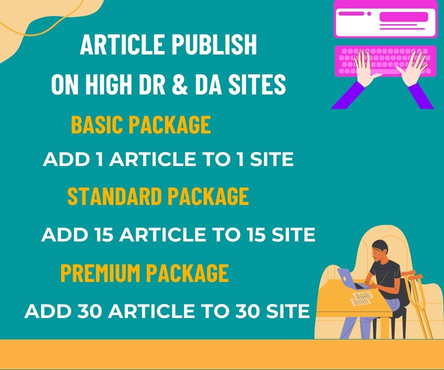In today’s competitive job market, making a strong first impression is crucial for standing out from the crowd. A well-designed biodata is an essential tool for presenting yourself professionally and showcasing your skills, experience, and achievements to potential employers. In this article, we will discuss the importance of a well-designed biodata and provide tips on how to create one that effectively presents your professional brand. Meet here online biodata form
Why a Well-Designed Biodata Matters
A biodata, also known as a bio or biography, is a brief summary of your education, work experience, skills, and achievements. It is often the first point of contact between you and a potential employer, and it can make or break your chances of getting noticed. A well-designed biodata can help you:
- Stand out from the competition: A well-written and formatted biodata can help you differentiate yourself from other job applicants and grab the attention of hiring managers.
- Showcase your skills and experience: A biodata provides an opportunity to highlight your relevant skills, experience, and achievements, and demonstrate how they align with the requirements of the job you’re applying for.
- Build credibility and trust: A professional biodata can help establish your credibility and trustworthiness, and show that you’re serious about your career and profession.
Tips for Creating a Well-Designed Biodata
Here are some tips to help you create a well-designed biodata that effectively presents your professional brand:
- Keep it concise and focused: Keep your biodata brief and to the point, focusing on the most important information that showcases your skills, experience, and achievements.
- Use a clear and concise format: Use a clean and easy-to-read format, with clear headings and bullet points to make your biodata easy to scan.
- Use keywords and action verbs: Use keywords related to the job you’re applying for, and action verbs like “managed,” “created,” and “developed” to describe your achievements and responsibilities.
- Include relevant sections: Include relevant sections such as a summary or objective statement, education, work experience, skills, and achievements.
- Proofread and edit: Proofread and edit your biodata carefully to ensure that it is error-free and polished.
Best Practices for Writing a Biodata
Here are some best practices to keep in mind when writing a biodata:
- Use a professional tone: Use a professional tone and language throughout your biodata.
- Be honest and accurate: Be honest and accurate when describing your skills, experience, and achievements.
- Use specific examples: Use specific examples to demonstrate your skills and achievements.
- Keep it up-to-date: Keep your biodata up-to-date and refresh it regularly to reflect changes in your career and profession.
Conclusion
A well-designed biodata is a crucial tool for presenting yourself professionally and showcasing your skills, experience, and achievements to potential employers. By following the tips and best practices outlined in this article, you can create a biodata that effectively presents your professional brand and helps you stand out in a competitive job market. Remember to keep your biodata concise, focused, and up-to-date, and to use a professional tone and language throughout.
bio databiodata format
marriage biodata format
biodata
biodata for marriage
bio data for marriage
christian matrimony
marriage biodata word format
biodata maker
bio data for marriage pdf
how to create biodata for marriage
how to make biodata for marriage
how to write biodata for marriage
marriage biodata format pdf
marriage biodata pdf
bio data format for marriage
biodata format in word
hindu marriage biodata format
lingayat matrimony
marriage biodata in marathi
nikah in kerala
biodata in marathi
marriage biodata maker
bio data for job
biodata format for marriage for girl
biodata in hindi
marriage biodata for girl
marriage biodata format in marathi
marriage biodata template
biodata format for marriage for boy
biodata format pdf
biodata template
free marriage biodata maker

